
SilverStone has an excellent track record of enclosures in terms of model variety, overal build quality and features.
Today we are looking at the MILO 12 which continues the classic structural design of the RVZ02 chassis since it supports vertical and horizontal placement and thus is suitable as an HTPC as well. It sports a dual-compartment layout that separates the CPU and GPU, with plenty of modular features.
At just 15.6L, it supports ITX motherboards while the CPU cooler is capped at 77mm. Furthermore it accepts graphics cards up to a triple slot design and 345mm in lenght by 160mm in height. It takes all the popular formats of PSUs, as in ATX, SFX-L and SFX and even a slim optical drive. All in all, this MILO 12 promises quite the versatile endevour.
SilverStone Technology Co., Ltd is a company based in Taiwan, founded in 2003 that makes computer cases, power supplies, and other peripheral for personal computers. Their goal was to provide products that create inspirations and customers a wide selection of choices.
With distribution centres in different areas of the globe, SilverStone products can be seen all over the world, not just for computer users but also for home entertainment use. Thus providing leisure with integration of advanced technologies that is functional and making them enjoyable to use.
Prices and Availability
MSRP is around $187 which by any means isn’t on the cheap side but let’s see if it’s worth it.
Highlights and Specification
*Courtesy of their website.
Visual Inspection and Component Installation
Packaging is secure and easy to distinguish what lies inside the standard brown box. A quick list of specs is presented as well, on one of the sides.
Let’s tackle the accesories. This x-brace basically forms the feet for the case if you wish to use it in vertical mode.
Here we have the riser card module which is pre-bent to fit perfectly in the case. Furthermore it’s Gen 4.0 PCIe compatible.
You get a bunch of installation screws, a warranty leaflet, some zip-ties and these rubber stick-on feet which will help if you plan to use the case in horizontal mode.
Speaking of modes, this is MILO 12 from both perspectives.
From left to right we have the HDD activity LED which blinks in red, followed by the reset button and the power switch, which will light up in blue.
In the middle of the front panel, we have 1x audio jack, 1x USB Type-C and 2x USB 3.0 Type A ports.
Lastly, that slim tab is the cover for the optional slim optical drive.
Both side panels are identical and completely interchangeable with plenty of airflow perforations. Also a removable dust filter is included as well.
Moving to the rear side of the case where we have the following:
The power plug port for the internal extension cable plus a kensington lock on the right side.
This is the motherboard’s rear I/O cut-out accompanied by some extra airflow perforations.
The MILO 12 enclosure can accept up to a triple slot wide graphics card.
As seen with the side panels, even the narrow top and bottom ones are identical and interchangeable. Furthermore everything is secured into place via large thumb-screws.
Now let’s explore the inner frame, which has a total volume of 15.6L. This is the GPU chamber but the case is upside-down from this angle. That large cut-out is for accessing the back side of the motherboard.
Here you can install an additional 80mm intake fan.
This is the lower side where you plug the extension cable to the PSU, add one of the 4 possible 2.5″ drives and access the top side of the motherboard for some wire management.
The front view of the case reveals another 2.5″ drive mounting location and the previously mentioned 80mm fan cut-out.
Flipping the case, now we see the main part of the case per say, where the PSU and motherboard goes in.
The final two 2.5″ drive locations have this modular tray, as seen in the other ones.
This bundle of cables covers the front I/O connectivity and it’s nice to see the all of them are in matching black
The SFX and SFX-L formats of PSUs will go onto the pre-installed bracket and behind the said bracket is where the slim optical drive will fit. As for an ATX power supply, you have to remove the bracket to make space for the bigger PSU but this also means you loose the ODD support.
This is a clever support bracket that extends to accept the bigger triple-slot GPUs
Right, installation time. Since we are going to use an ATX PSU, we have to remove the stock bracket.
Don’t forget to turn on the button on the PSU.
Attach the motherboard rear I/O shield if it has one, since most modern boards might have an integrated cover.
Next is the ITX motherboard and as you can see there is plenty of space all around its perimeter.
There is plenty of access to the rear of the motherboard regarding the CPU cooler bracket but unfortunately it’s not the same story with a rear M.2 slot, which of course, its placement might depend on the model of your board.
The riser card slot fits like a glove and it’s easier to install it from the motherboard PCI-E slot side.
You can install an air cooler up to 77mm in height which is plenty.
Add in any extra storage if you require.
GPU is next and since this is a dual slot model, there is no need to adjust the bracket.
There is plenty of options regarding wire-management thanks to the big cut-outs.
The build process is quite straight-forward and rewarding at the same time.
Even with an ATX PSU, which will diminish your available space for wire-management, there is still plenty left to group the wires in this middle section, even on a non-modular PSU.
The SilverStone MILO 12 has an imposing stance on your desk if you are used to a smaller enclosure but nevertheless, it will feel right at home on a wider desk.
Those ventilation cut-outs will permit any RGB you possess to be noticed but in a subtle and non intrusive way.
The front I/O is in excellent reach.
Testing methodology
- The SilverStone case will be packed with a variations of component to test for any clearance issues
- The AMD Ryzen 5 5600x CPU will be tested at 4.0 GHz @ 1.050v as the baseline parameter since in stock form, the results are highly inconsistent dues to the board’s BIOS pumping highly volatile voltage values
- As the main torture test, we will employ a multi-core benchmark run in Cinebench R23 rendering test and a 2 minute stress test in AIDA64 for the CPU & GPU
- The CPU cooler was set at 50% RPM and then at 80% to simulate real life usage scenarios while the GPU had its fans set at an auto RPM profile
- Room temperature was recorded at ~18°C
- Thermal paste used Noctua NH-H2
- All of the side panels will be attached
- Any results over 90°C in any condition are considered a fail
Testing platform:
– CPU: AMD Ryzen 5 5600x
– CPU Cooling: AMD Wraith Spire RGB 92mm
– RAM: 16GB Team Group T-Force Night Hawk RGB 3000 MHz CL16
– Motherboard: ASUS ROG STRIX B550-i Gaming mITX @ BIOS 2803
– Boot SSD: Samsung 970 PRO 1TB M.2 Gen3x4 MLC PCIe NVMe 1.3
– SATA SSD: Samsung 850 PRO 256GB MLC SATA 2.5″
– Video card: ASUS GTX 1080 STRIX A8G
– PSU: Corsair CV550W ATX Bronze PSU
Software:
– OS: Windows 10 Pro x64 Version 22H2
– NVIDIA Drivers – 531.18
– CPU-Z v1.95 – To verify the CPU’s and RAM’s statistics
– Core Temp v1.17 – To see the temperatures in real time
– AIDA64 Extreme v6.60 – Memory analysis and Benchmark suite
– MSI Afterburner v4.62 – To record the FPS and load/temperatures
– 3D/Game(s) – Assassin’s Creed Valhalla with latest update, set at 1080p, ultra quality settings, no V-Sync
Testing, Results and Analysis
We isolated just the CPU but at a locked voltage of 1.050v because it’s a hot CPU even in stock form, let alone when paired with a regular 92mm AMD cooler.
To maintain a real life scenario in terms of noise output and overall CPU cooling, we tested the CPU cooler at two popular RPM thresholds, of 50% and 80%. Thus the MILO 12 provides ample ventilation from the perforated sides.
As for the GPU chamber, the separation from the CPU chamber is excellent with no interferences. Also it goes without saying that here everything depends on said graphics card own cooling as well.
Total system noise output is excellent if you use medium tier and up quality parts even if you display it like this close to you, like in our example.
Conclusion
The MILO 12 enclosure is more of a form follows function product, where everything has a purpose and overall SilverStone has achieved just that, a great and effective PC case. You get great components support from all the popular styles of PSU formats, clever usage of space for the 2.5″ drives and even the option to have a slim optical drive. Downsides, well the choice will boil down mostly to its quite high price tag, which in a way, places the MILO 12 in a more business/office oriented niche since it can be used horizontally or vertically and there is no AIO support.
The good:
+ Excellent chamber separation
+ Great usage of the allocated space for components
+ Plenty of perforations for airflow
+ Identical and interchangeable top and side panels
+ Dust filters on the side panels
+ GPU holder
+ Vertical or horizontal positioning (both with their own feet options)
+ ATX/SFX/SFX-L PSU formats accepted
+ Slim optical drive (if used with the SFX/SFX-L PSUs)
+ Accessible front I/O
The bad:
– Expensive
– No AIO support
– Some motherboards with back-mounted M.2 slots can’t be fully accessible from the case’s cut-out






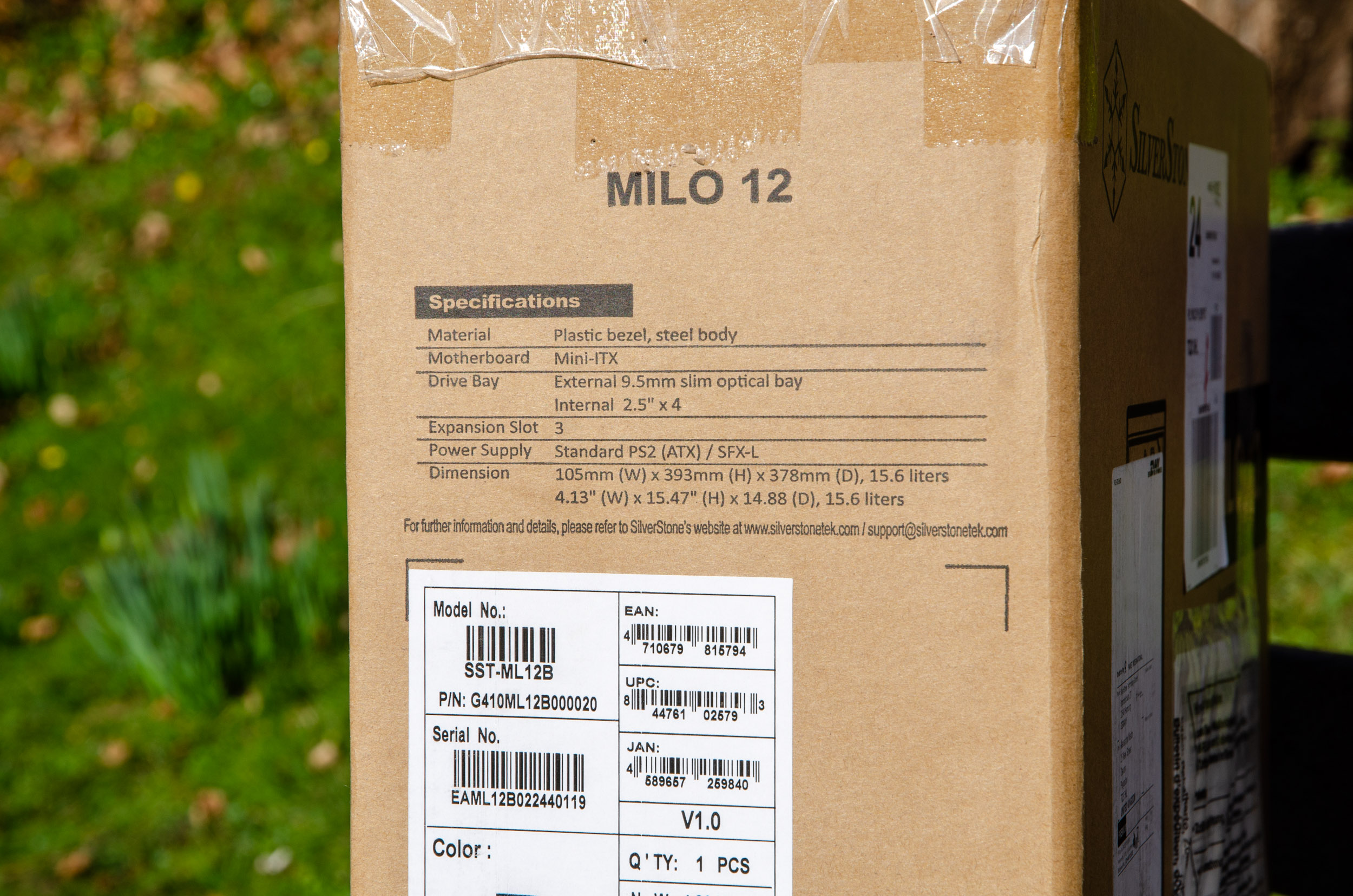

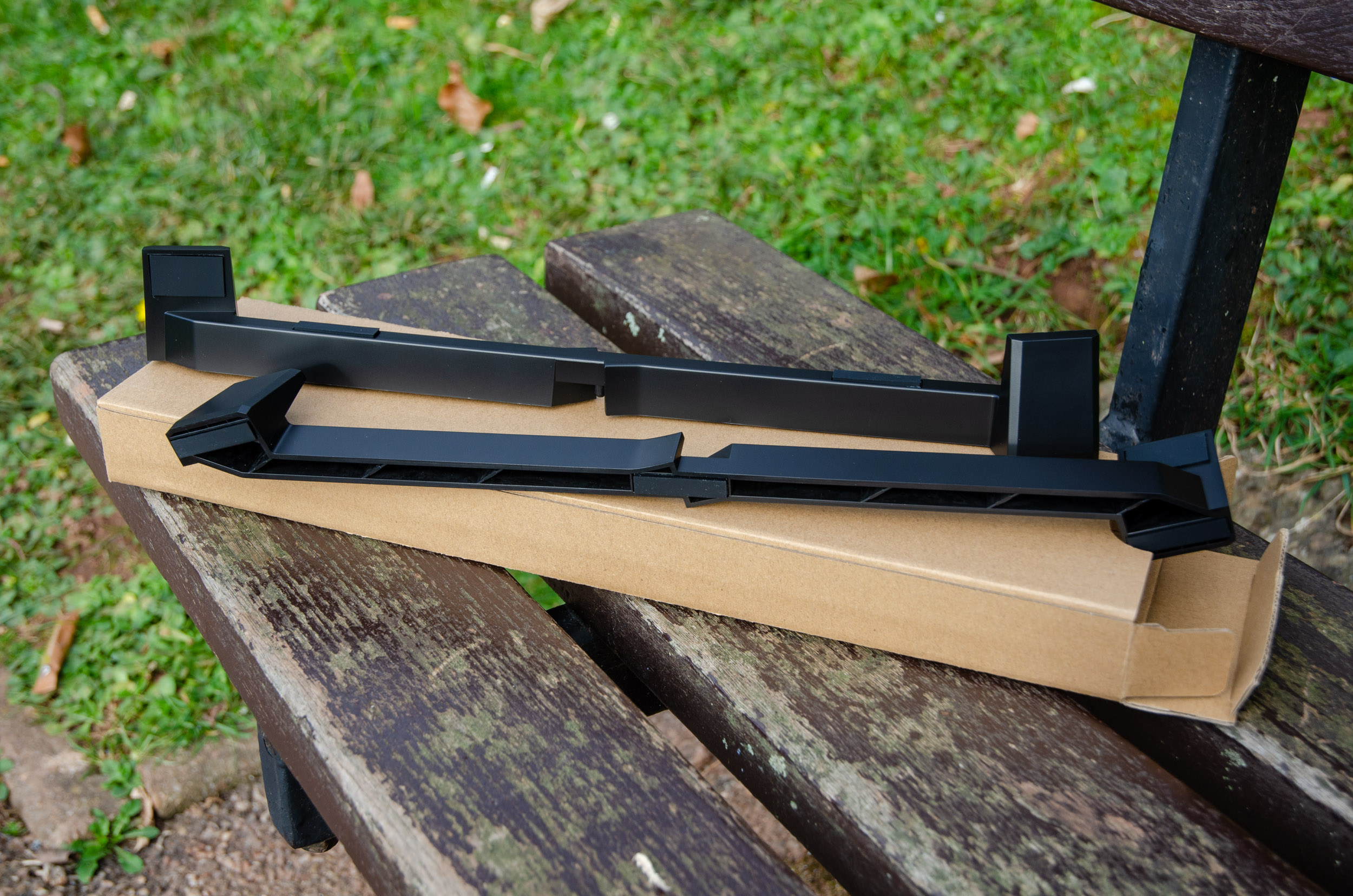


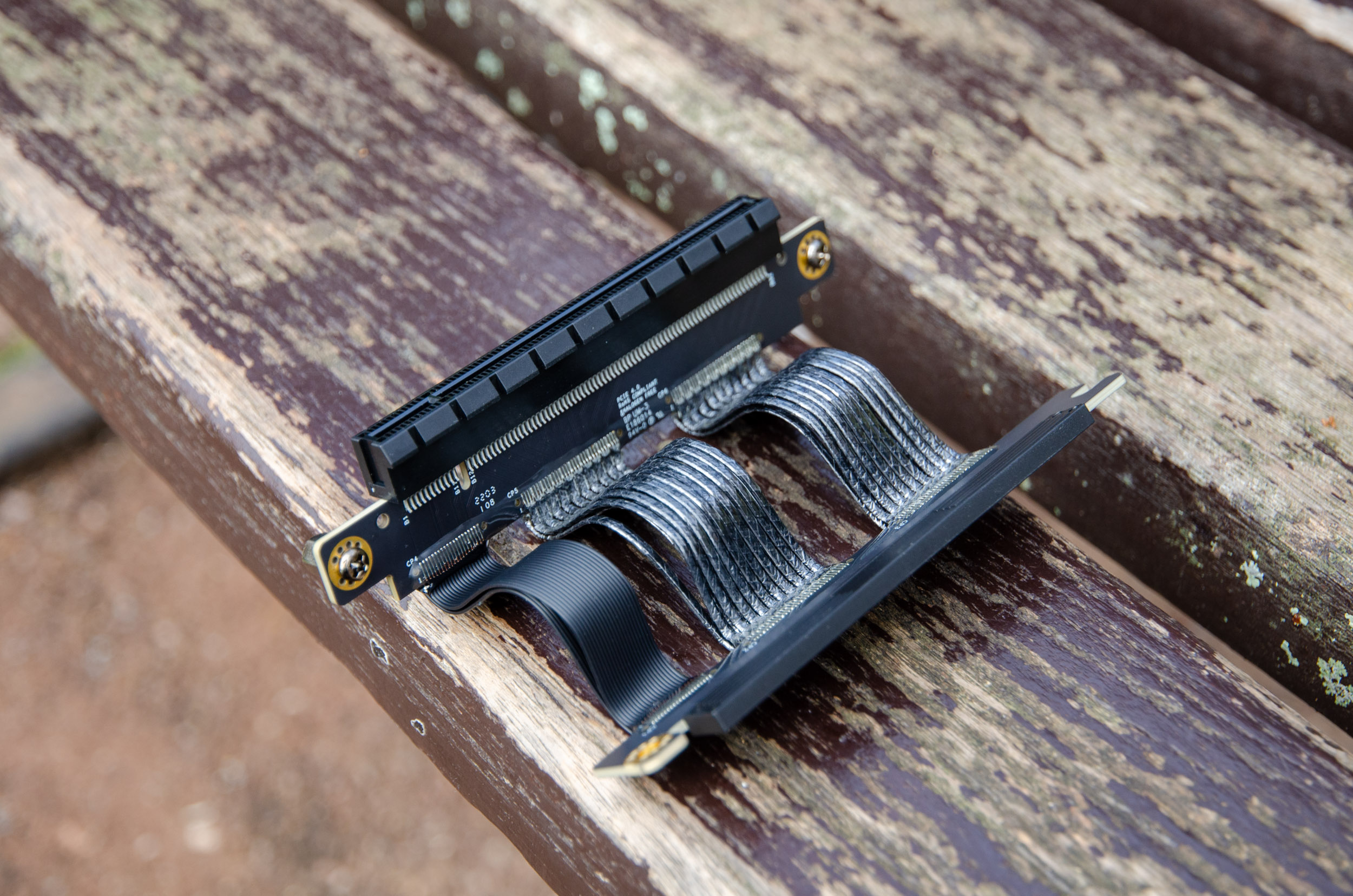






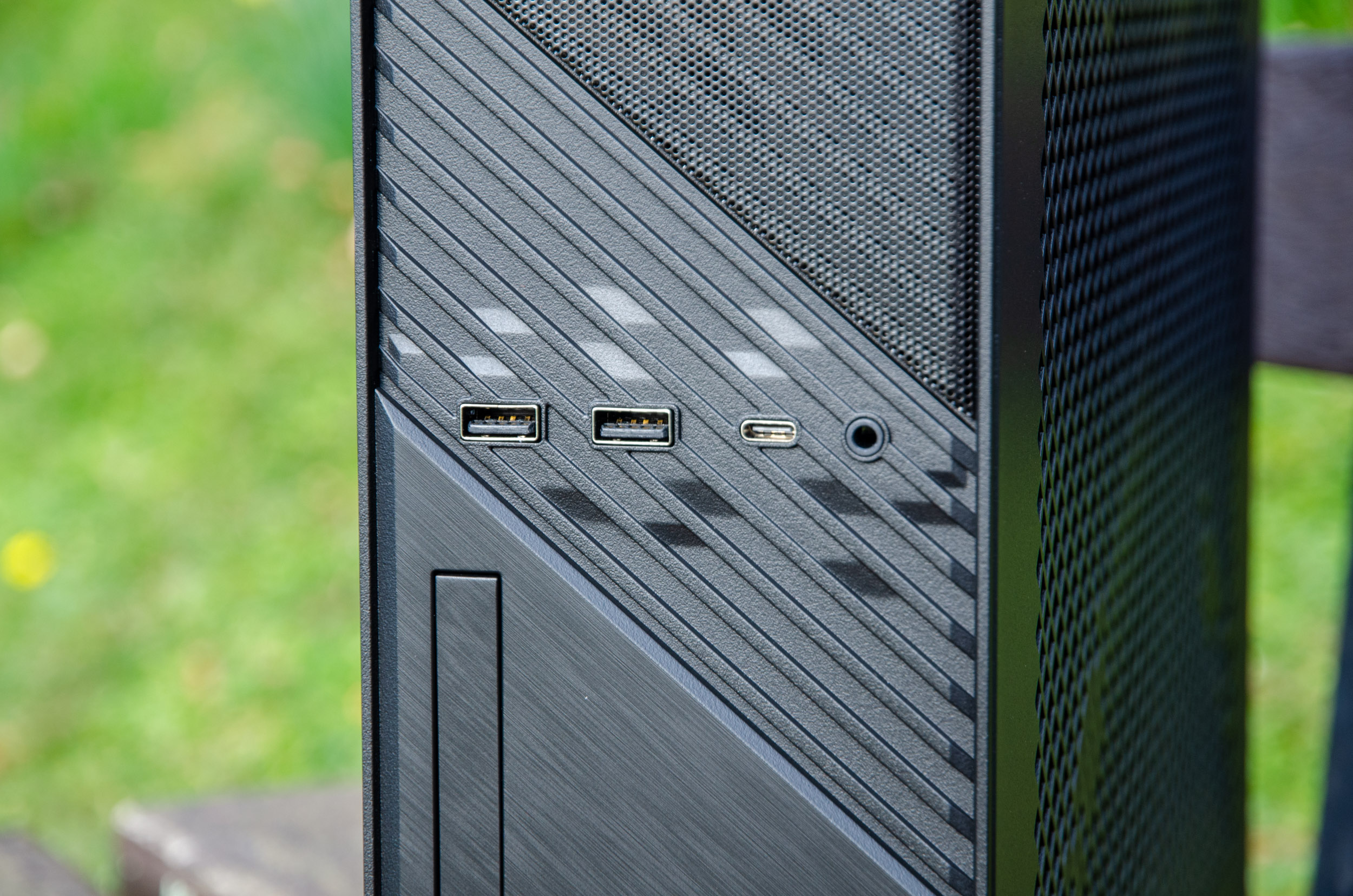


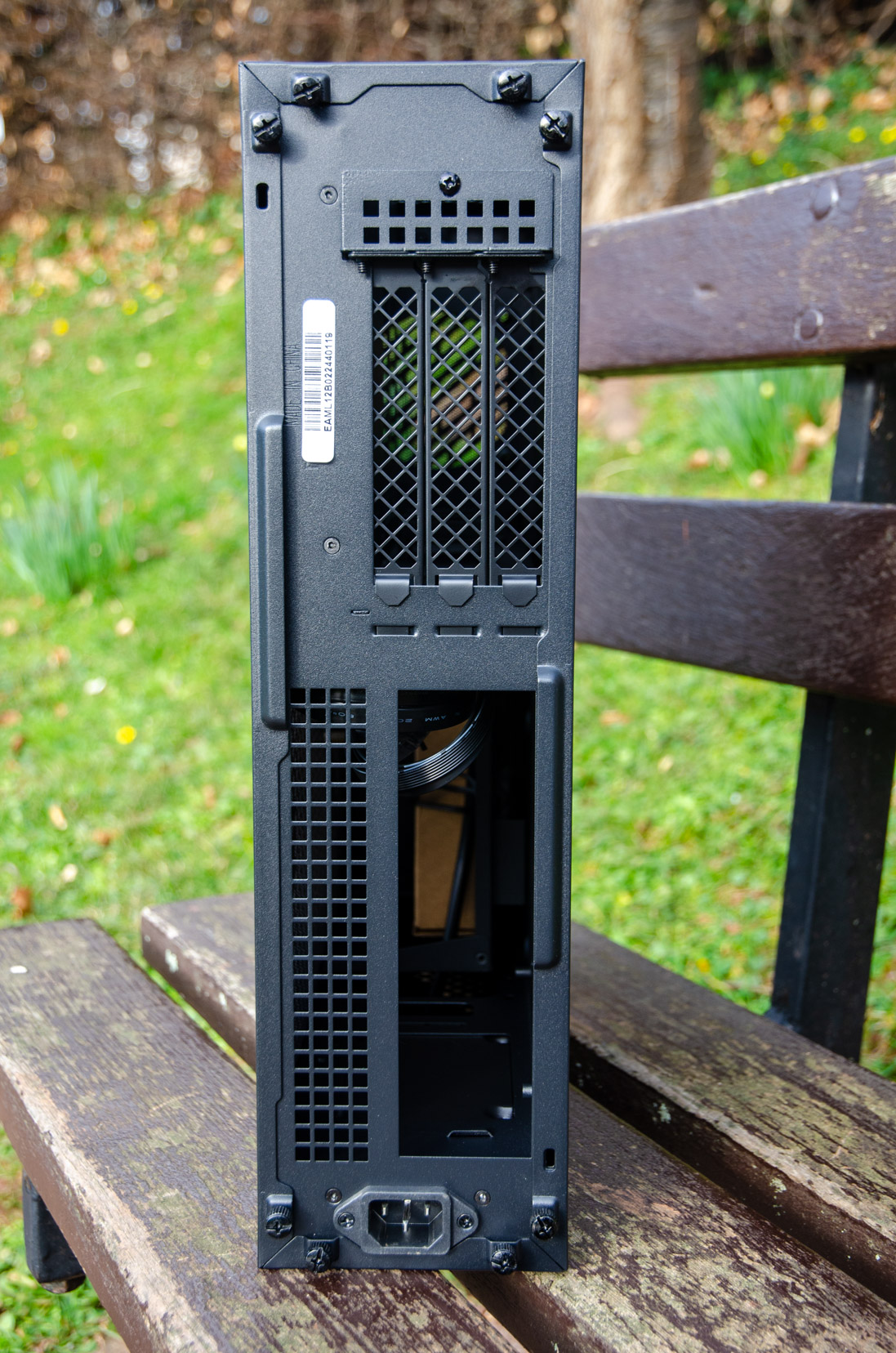







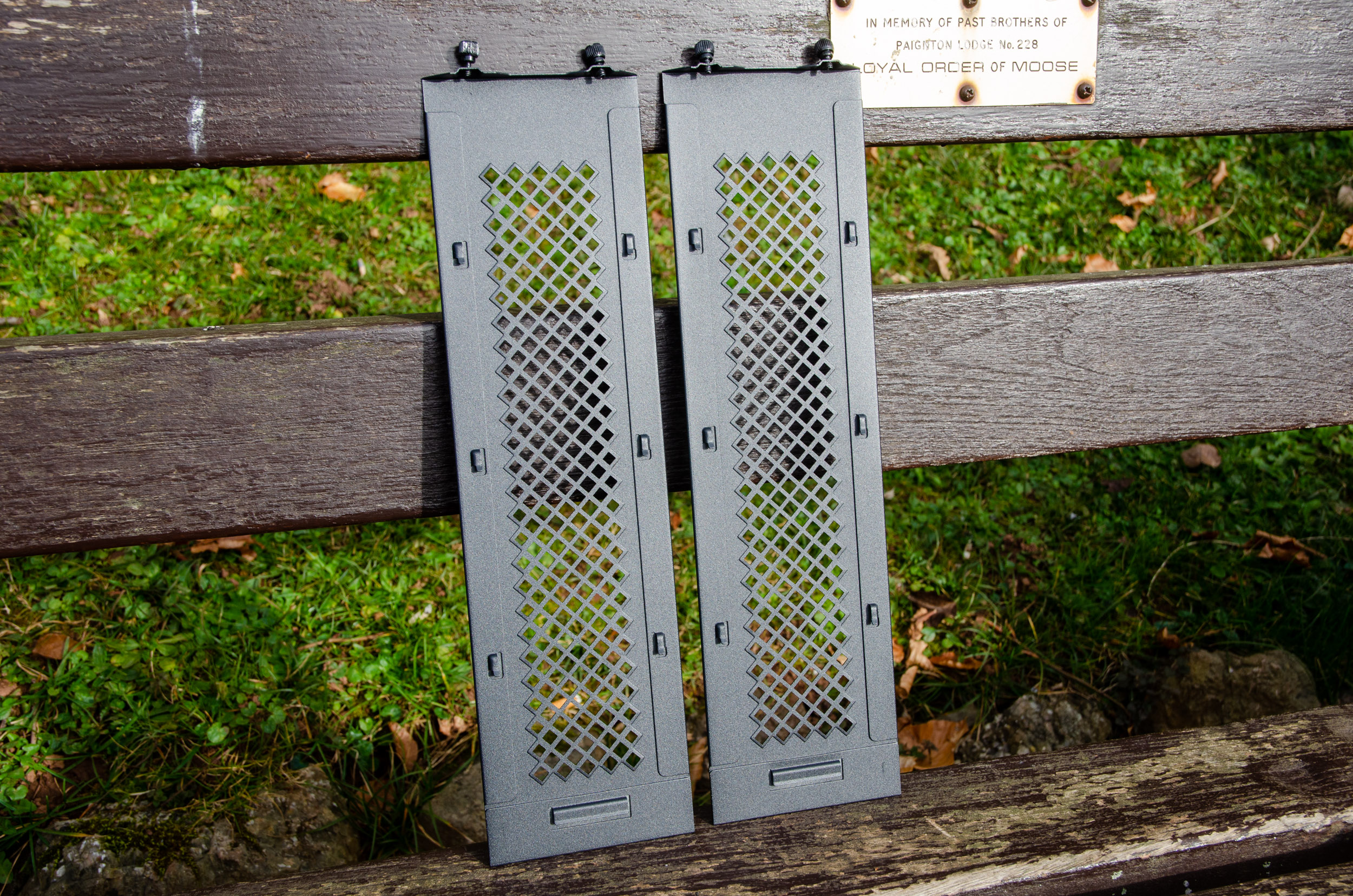


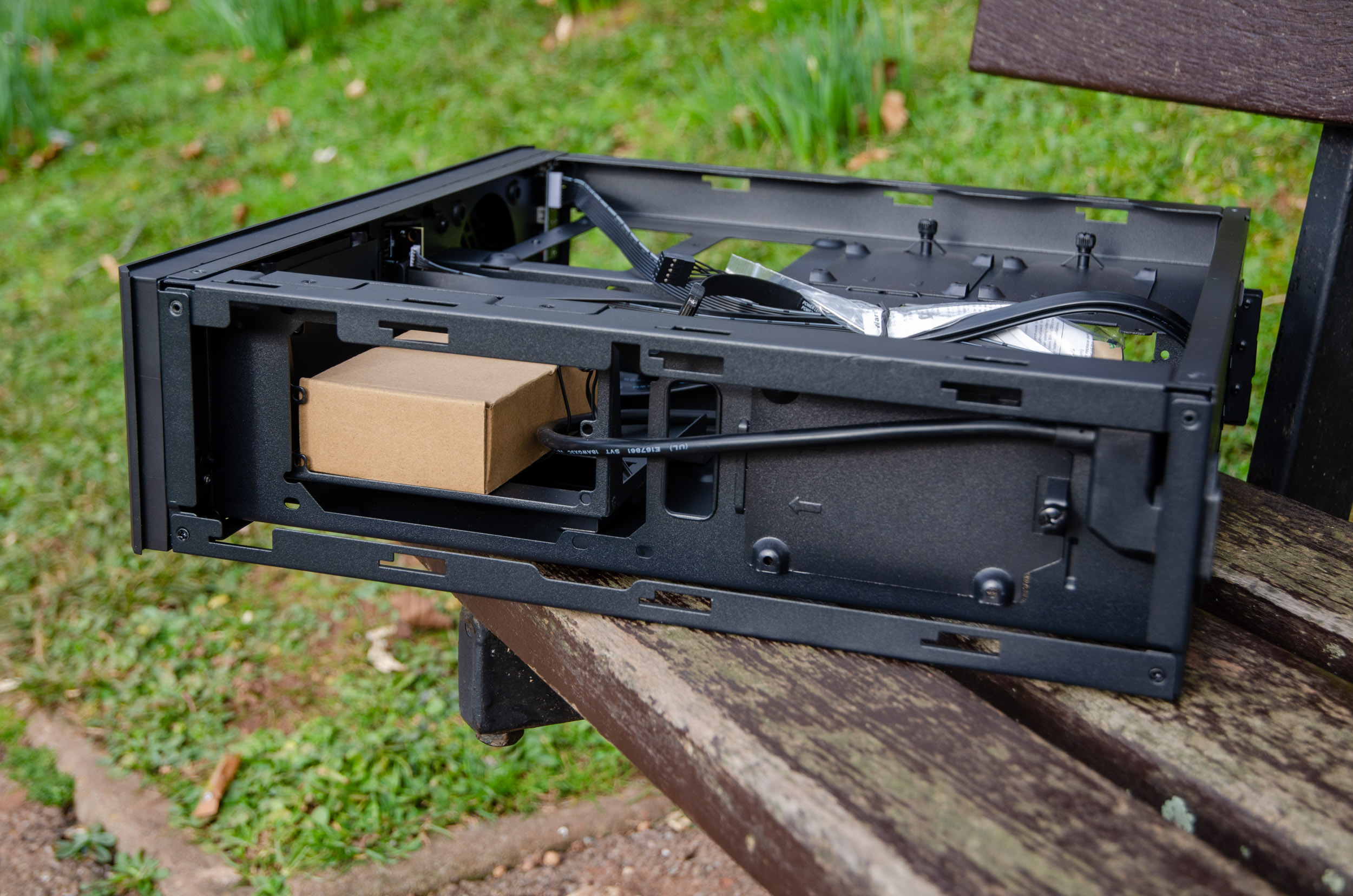








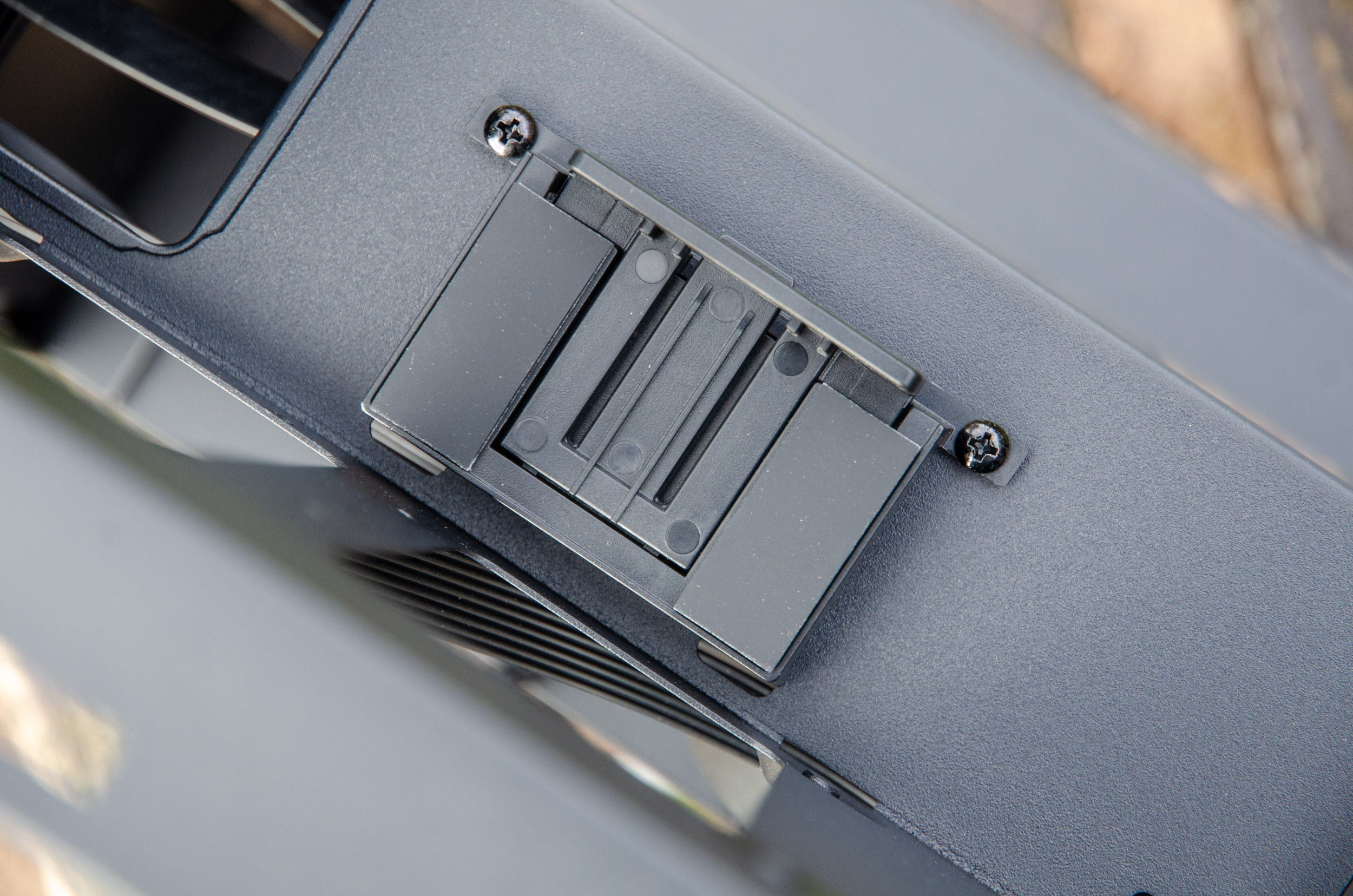

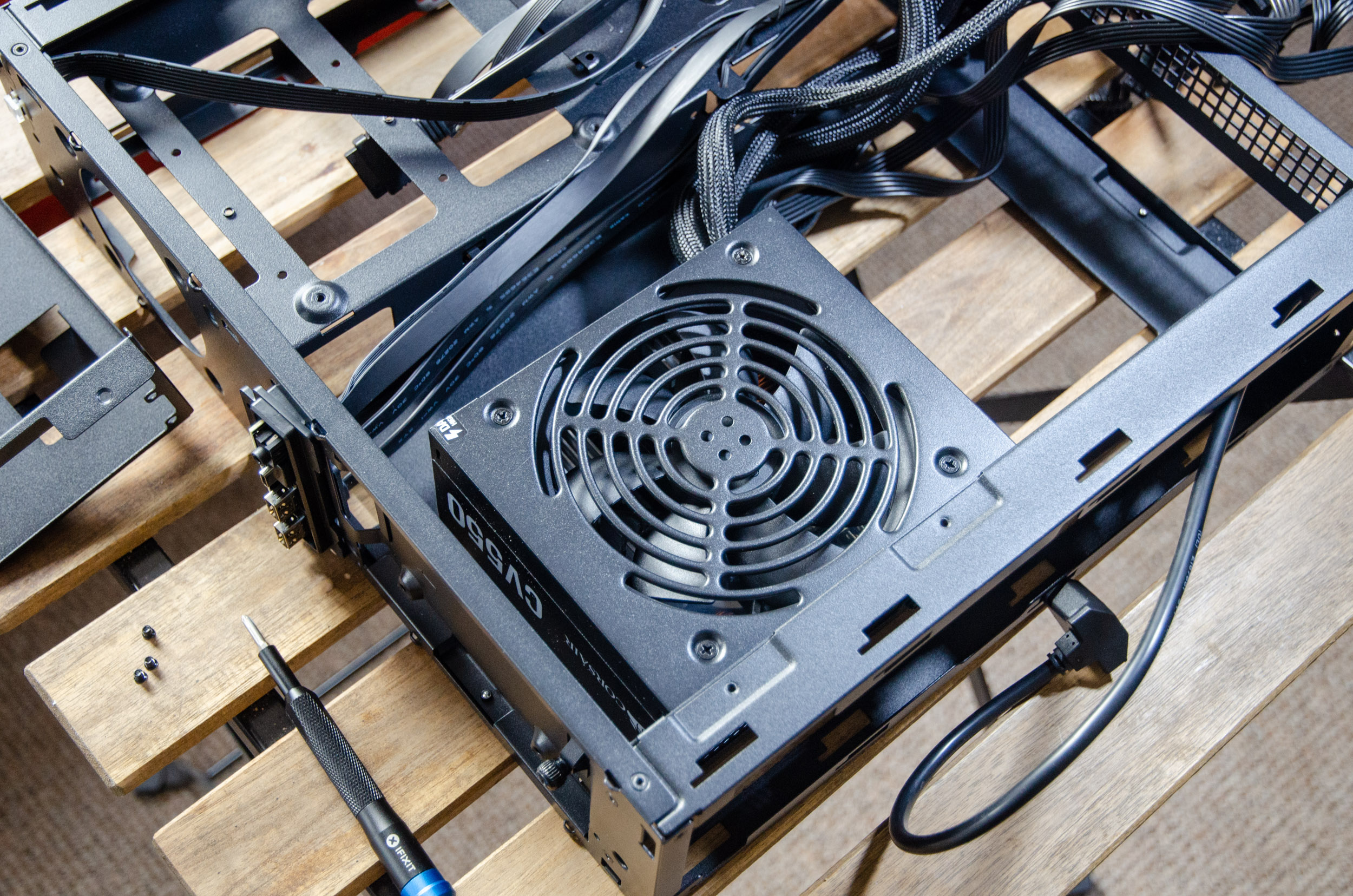




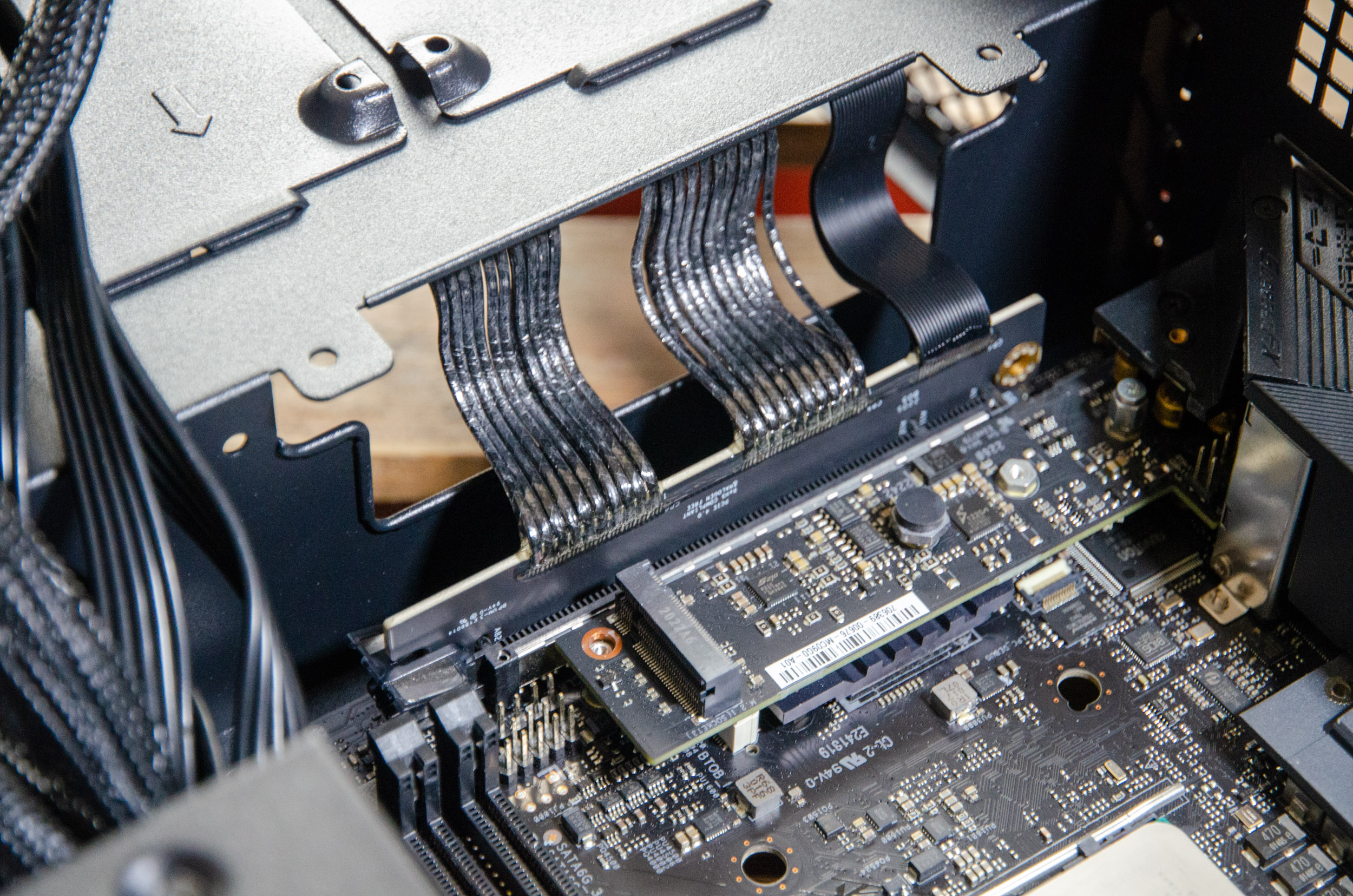
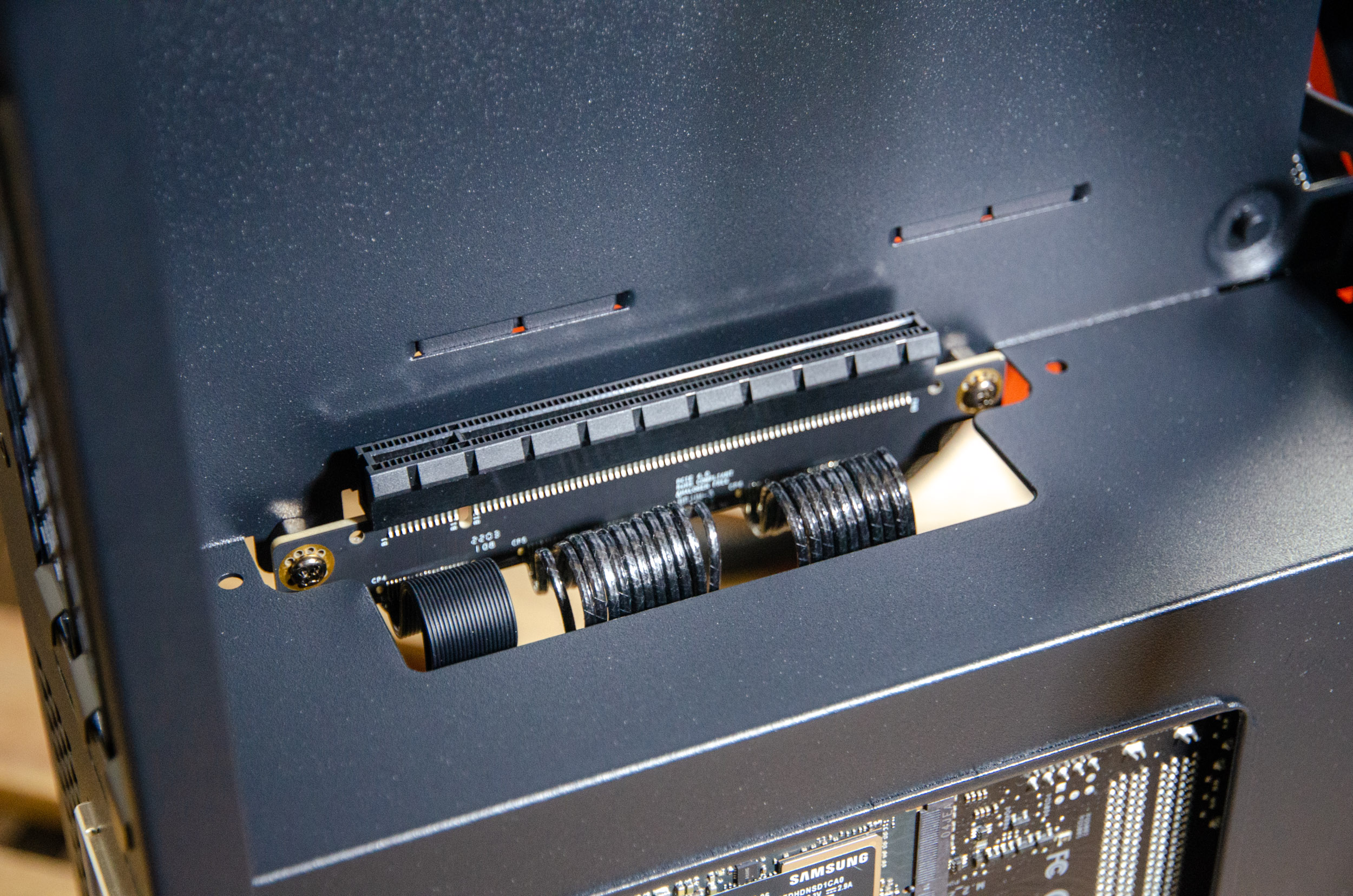

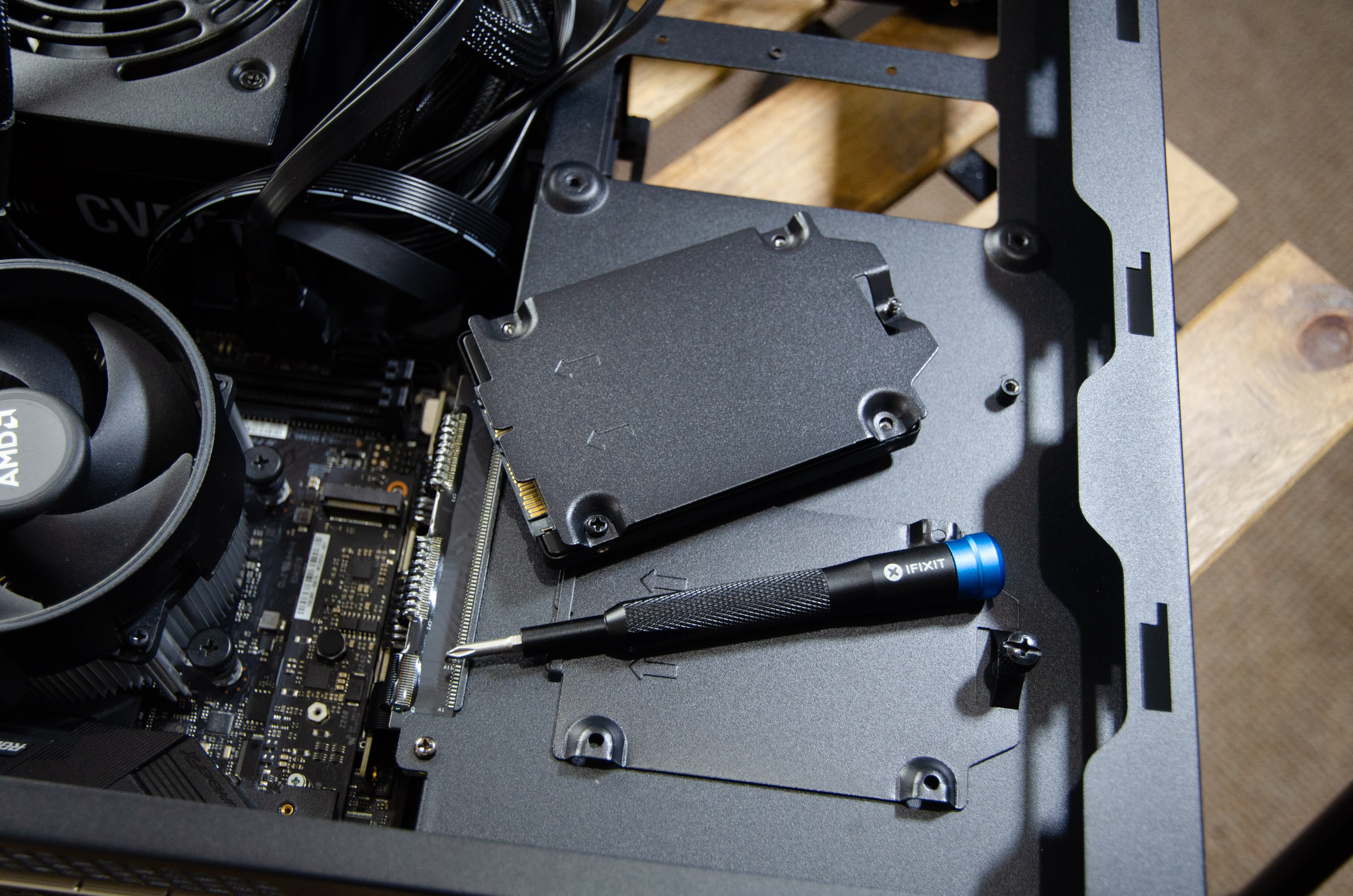





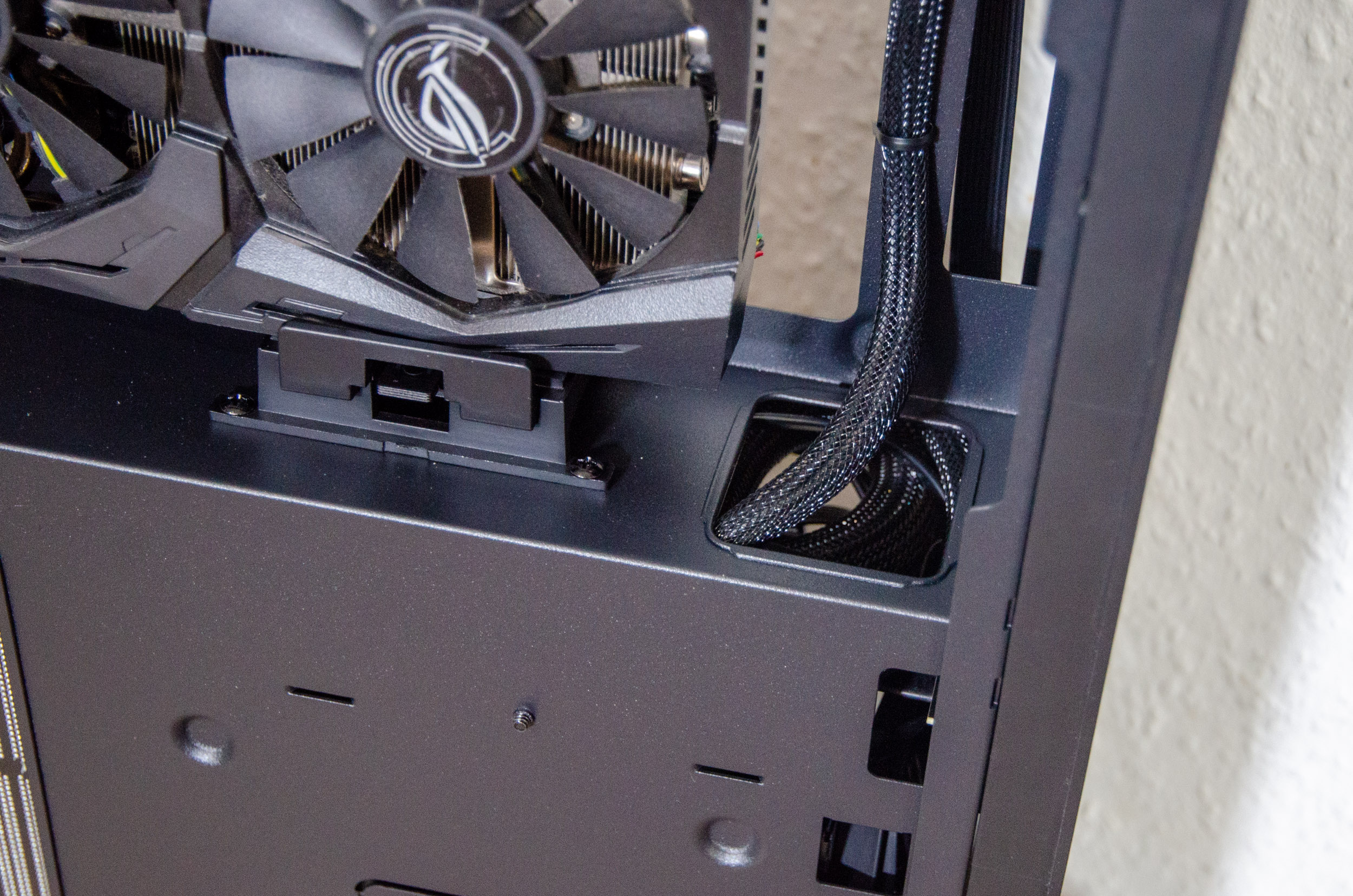
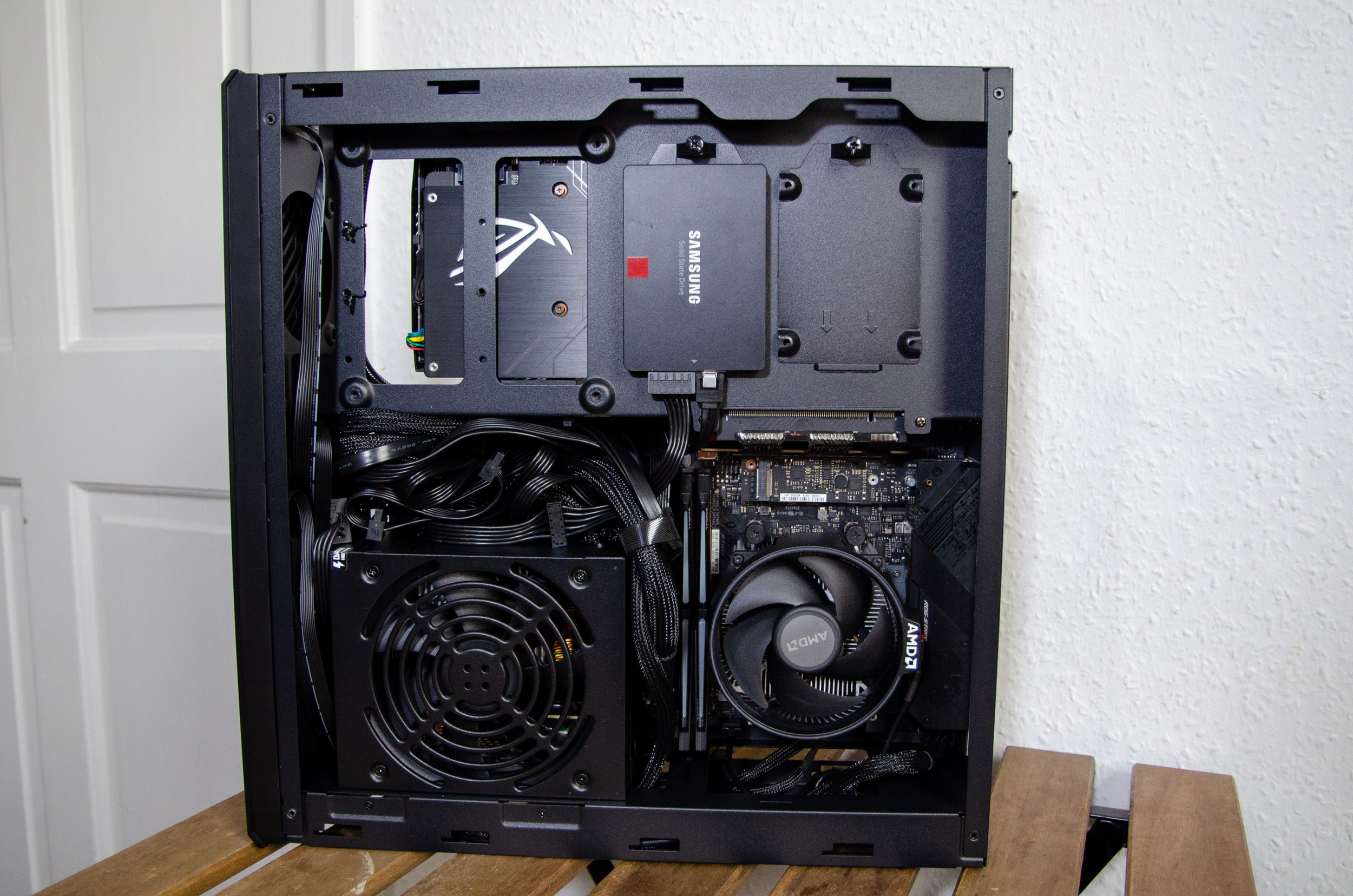






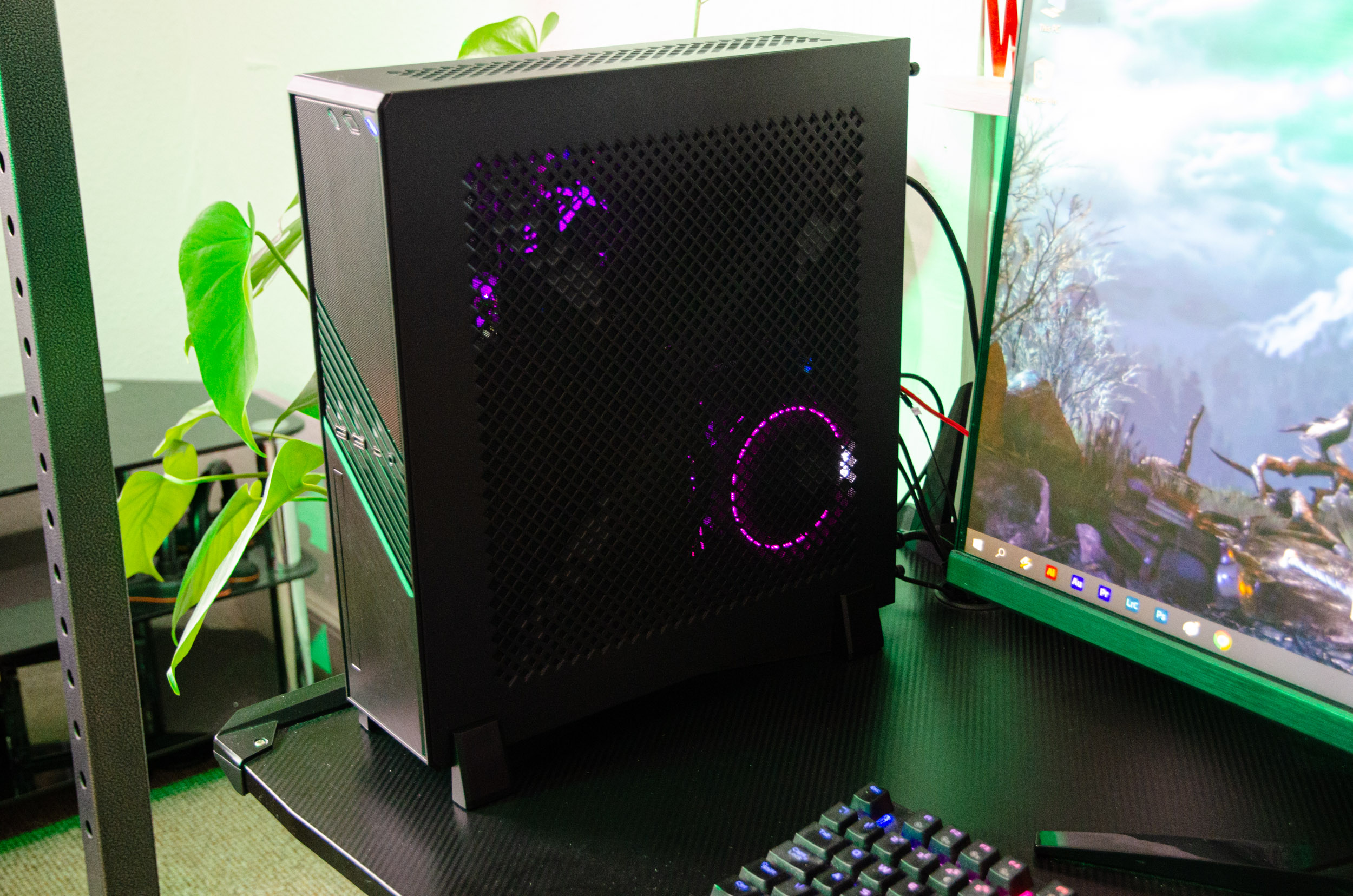
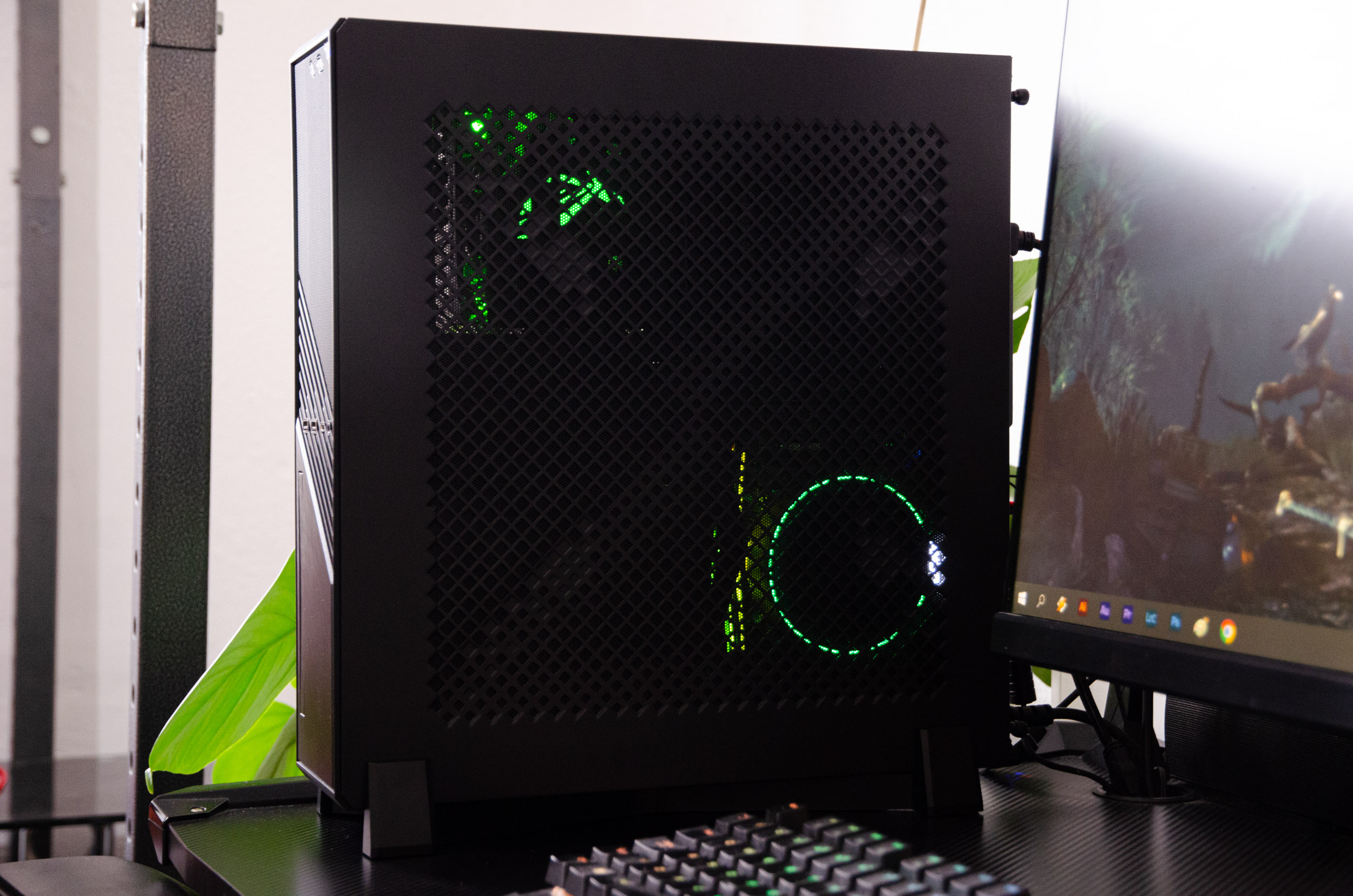














Thank you for the review!
Real shame about the back M.2. Installation not being a given. Wish they’d have cut just a little more away.
Thank you for the comment! I know, that makes such a big difference.